Storage interfaces for mobile are evolving rapidly, in particular with the Universal Flash Storage (UFS) standard. So how do you test a design? If you want to test a design that accesses, say, an SD card then you can wander into Fry’s and buy an SD card for a few dollars. But to design an interface to UFS is a bit harder since the … Read More
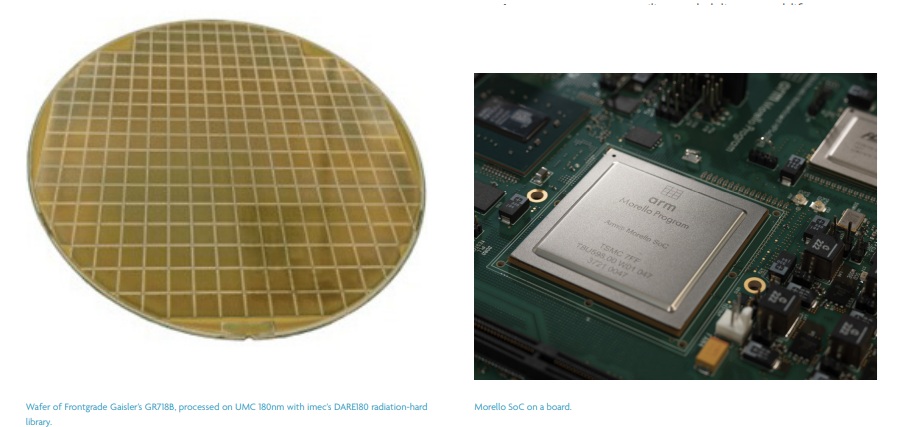 imec on the Benefits of ASICs and How to Seize ThemIn an era where product differentiation increasingly depends…Read More
imec on the Benefits of ASICs and How to Seize ThemIn an era where product differentiation increasingly depends…Read More MZ Technologies Launches Advanced Packaging Design Video SeriesIn a significant move aimed at empowering semiconductor…Read More
MZ Technologies Launches Advanced Packaging Design Video SeriesIn a significant move aimed at empowering semiconductor…Read More Superhuman AI for Design Verification, Delivered at ScaleThere is a new breed of EDA emerging.…Read More
Superhuman AI for Design Verification, Delivered at ScaleThere is a new breed of EDA emerging.…Read More The Quantum Threat: Why Industrial Control Systems Must Be Ready and How PQShield Is Leading the DefenseIndustrial control systems (ICS) underpin the world’s most…Read More
The Quantum Threat: Why Industrial Control Systems Must Be Ready and How PQShield Is Leading the DefenseIndustrial control systems (ICS) underpin the world’s most…Read MoreHow to Blast Your Chip with High Energy Neutron Beams
So you want to know how reliable your chips are and how susceptible they are to single event effects (SEEs) where a neutron or an alpha particle causes a storage element (flop or memory cell) to flip in a way that alters the behavior of the device. There are two ways a particle hitting a device might not cause a problem. Firstly, the particle… Read More
Which is the best FPGA – Xilinx
Your corporate training will teach you there is no such thing as stereo types and they are bad, naughty. We all know they are true; it’s just some companies now of days try to force the worker bees to do a flash erase and drop your brain at the door. I never participated in that and as you can imagine it went very well. Dilbert is true…
I am … Read More
Customer Stories at DAC#50
When you think Apache Design you probably think Low Power Design and what stuffed animal will they give away at DAC. The other thing you should think about is how the top semiconductor companies around the world use Apache products for leading edge semiconductor design. Demos are fine, but there is nothing like talking directly … Read More
A Tale of Two Events, Make that Three, Wait…How about Four?
It is increasingly apparent that Kurzweil’s Singularity is sure getting near, if it is not here already 32 years too soon. Not a week goes by without missing or needing to attend a key conference, seminar, symposium, summit, with each having parallel streams, panels, exhibits, demos, social networking. Not only are we informed,… Read More
Analog IC Verification – A Different Approach
Analog design seems to suffer from a huge gap when it comes to testing and verification. While some of this gap is natural – after all, often the only way to verify whether a particular design is working is to look at actual simulation waveforms – it still seems like a lot can be done to bring process into this sphere of the… Read More
Solido CEO on 20nm/16nm TSMC and GLOBALFOUNDRIES Design Challenges
EDA needs more CEOs like Amit Gupta. Solido, which is now profitable, is his second AMS EDA company. The first, Analog Design Automation (ADA), was purchased by Synopsys for a hefty multiplier. Prior to becoming an EDA entrepreneur, Amit was product manager for the wireless group at Nortel and a hardware engineer for the RF communications… Read More
Costello and Hogan Rock the House at Cadence EDAC ECC Event
No one who spent much time at Cadence during Joe Costello‘s reign as CEO (1987-1997, including SDA) could likely give an unbiased review of last night’s event, EDAC – Jim Hogan Emerging Companies Series. The event was held at Cadence’s 5-story Building 10, a building that had not yet been built while Joe… Read More
Multi-level abstraction accelerates verification turnaround
Often a question is raised about how SystemC improves verification time when the design has to go through RTL in any case. A simple answer is that with SystemC, designs can be described at a higher level of abstraction and then automatically synthesized to RTL. When the hands-on design and verification activity is at a higher level,… Read More
Kathryn Kranen Joins CriticalBlue’s Board
Jasper just announced that Kathryn Kranen, their CEO, had joined the board of CriticalBlue. I used it as an excuse to hit up CriticalBlue’s CEO Dave Stewart, who happened to be in the valley, for a free lunch to catch up on what they are doing.
CriticalBlue started about 10 years ago in Edinburgh (yay!). When it started it was in the business… Read More


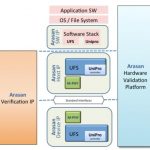
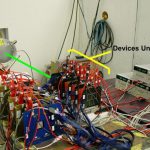



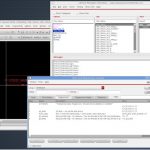



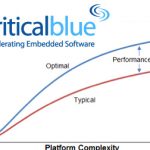
Quantum Computing Technologies and Challenges